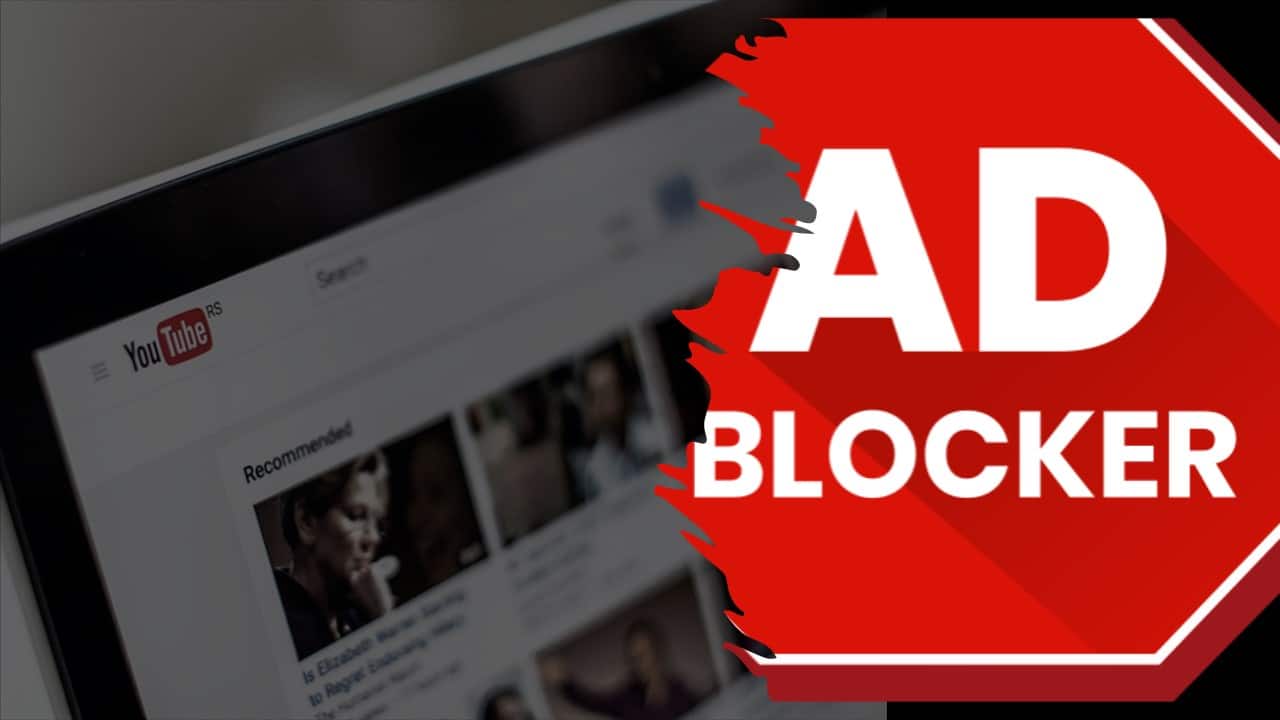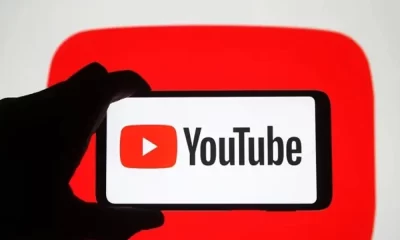Tech
Google’s YouTube Cracks Down Third-Party Ad-Blocking Apps

YouTube is intensifying its efforts to eliminate third-party apps that obstruct advertisements on the platform. The organization has emphasized that these applications violate its Terms of Service; consequently, users will encounter buffering problems and error messages.
YouTube TV’s multiview feature is the simplest method to stream multiple broadcasts or games simultaneously on a single television. This is how.
According to Pocket-Lint, “We only allow third-party apps to use our API when they follow our API Services Terms of Service, and when we find an app that violates these terms, we will take appropriate action to protect our platform, creators, and viewers.”
YouTube’s campaign against third-party ad blockers is not new; the streamer intensified its efforts last year to dissuade users from installing ad-blocking browser extensions and applications.
The organization does offer YouTube Premium as an official alternative for platform users who prefer to avoid advertisements. The monthly subscription provides advantages such as access to ad-free videos, and it is evident that the Google-owned company is targeting this demographic to attract more viewers.
Not surprisingly, YouTube is increasing its enforcement of ad-blocking measures. The subscription business model has experienced significant growth in recent years, and it is only natural that every video streamer aspires to secure a portion of this profitable market.
Ad-Blocking Extensions on Chrome
YouTube Premium, which includes picture-in-picture mode, offline video viewing, and access to audio streaming via YouTube Music Audio, is a competent subscription service. Despite this, YouTube’s most recent assault is difficult to observe without a trace of cynicism.
Google, the corporate entity that owns YouTube Music, operates on the foundation of advertisements for its business model. Over the years, Google’s Chrome web browser has encountered challenges with ad-blocking extensions.
An ongoing competition has ensued, wherein ad blockers continuously enhance their functionality to circumvent novel limitations imposed by Google. The newest restriction of this nature is anticipated to be implemented in June; it will affect the entire ecosystem of Chrome ad blockers.
Although ad blockers remain operational on the web, they are inherently more restrictive in the mobile ecosystem. YouTube, in particular, has gradually achieved success in removing certain third-party clients.
We shall see how far the streamer is willing to go in this conflict, given that several third-party YouTube applications are still available for purchase.
Ad-blocking extensions are software add-ons that prevent website advertisements from launching. Using element filtration, they enable users to navigate the web without being confronted with intrusive banners, pop-ups, or video commercials. Due to individuals’ ire at intrusive online advertising, these extensions have amassed enormous popularity.
Numerous individuals find advertisements disruptive, as they impede page loads and crowd content. Ad blockers provide a more streamlined and uninterrupted browsing experience, devoid of unwanted interruptions.
Adblocking is extensively utilized on desktop and mobile browsers. Although ad blocking is advantageous for users, it presents difficulties for publishers and websites that depend on ad revenue. The financial requirements of content creators and consumer desires are the subject of an ongoing debate.






































